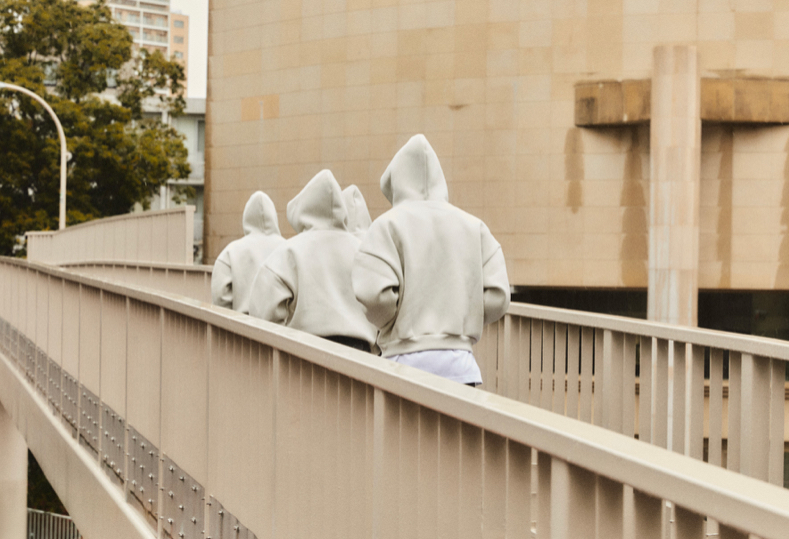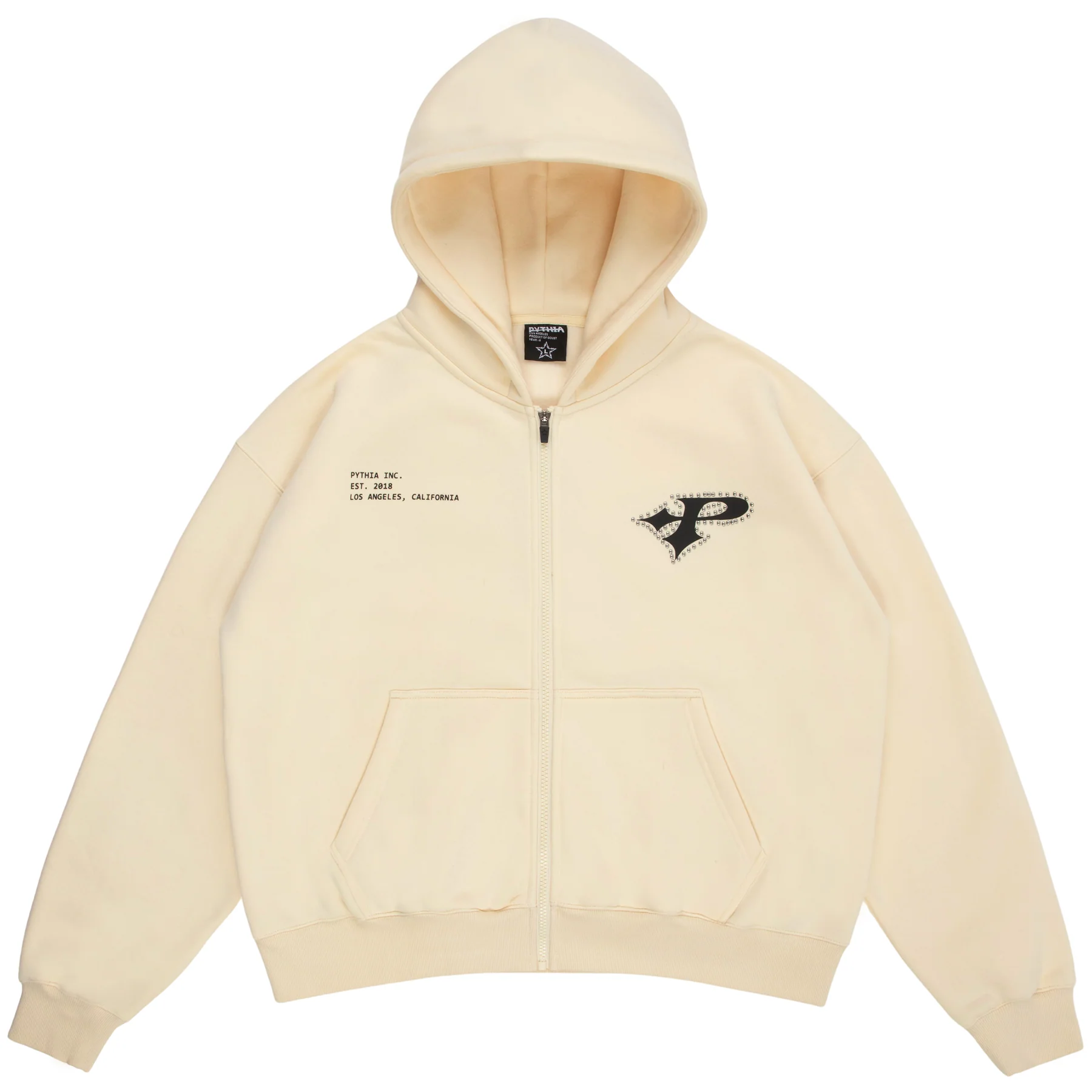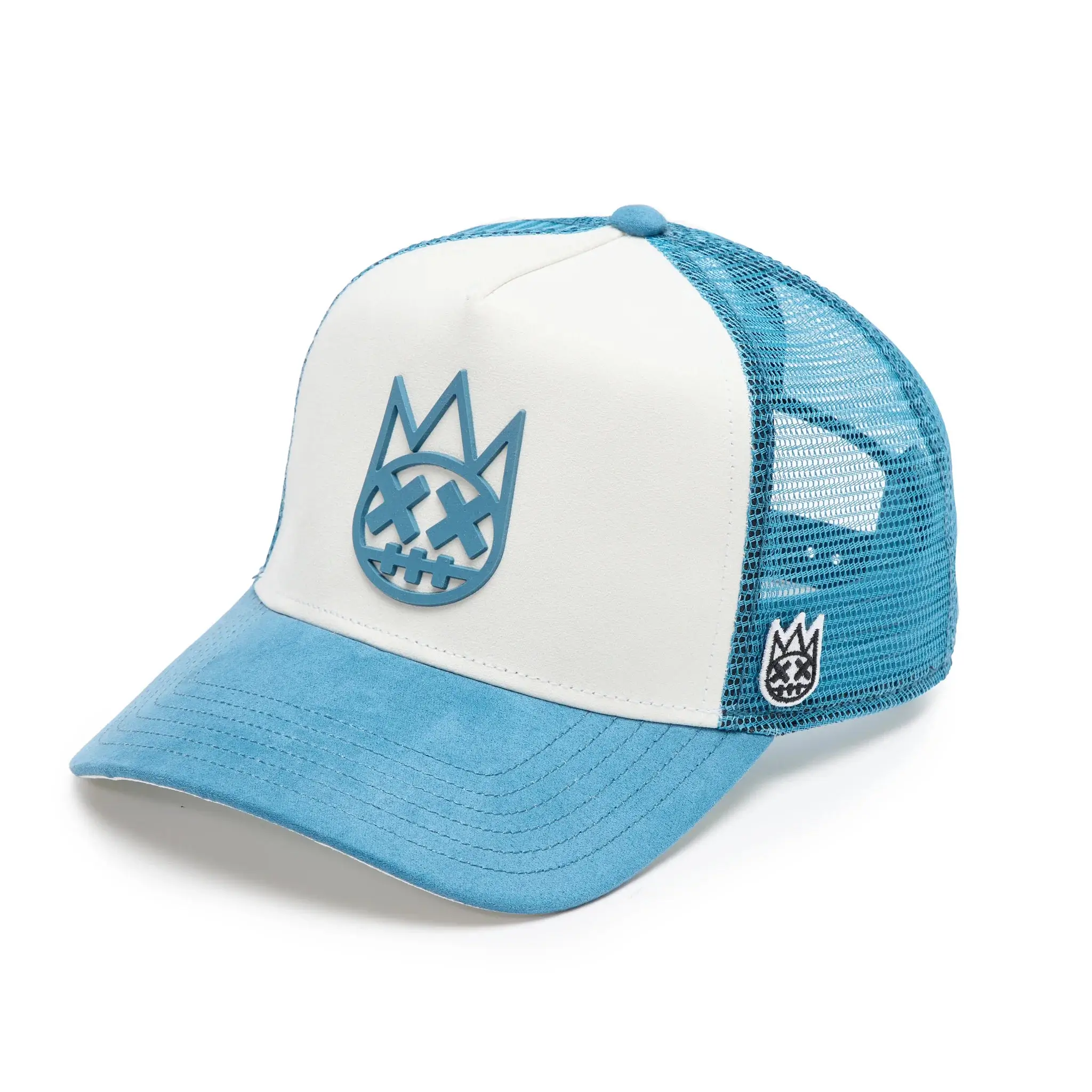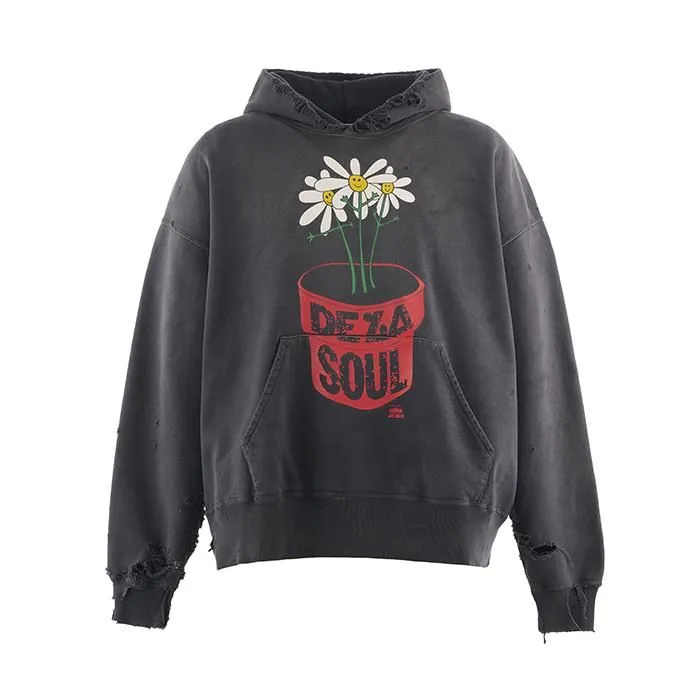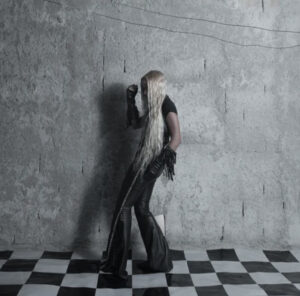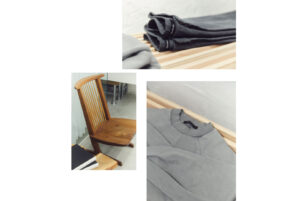
In an age dominated by high-speed trends, digital saturation, and endless scrolling, the concept of “rest” has become more precious than ever. Yet in the streetwear sphere, a world so often driven by hype and novelty, rest is a rare word—almost a contradiction. But for Seventh, a London-based streetwear label founded in 2019 by Bukki Ojo and a tight-knit team, it’s the very foundation of their design philosophy.
With an aesthetic marked by its absence of logos, graphics, or extraneous detail, Seventh crafts a kind of urban minimalism that doesn’t scream but rather whispers—offering a serene counterpoint to the noise of the streets. As the brand makes its first appearance in Japan for a pop-up event at BEAMS T Harajuku, the team shares their philosophy of communication, connection, and creative rest. What unfolds is not just a conversation about fashion, but a meditation on how to live—and dress—more intentionally.
The Meaning of
Seventh
At first glance, Seventh may seem like another clean, minimal label nestled comfortably in the ever-growing roster of contemporary streetwear. But its name, and the story behind it, reveals a deeper ethos. “Your seventh moment,” the brand’s guiding mantra, is rooted in the Biblical idea that God created the world in six days and rested on the seventh. In that simple yet profound pause, Seventh finds its identity.
“We think of the seventh moment as a return,” Bukki Ojo explains. “A return to the self. To clarity. To comfort. In our world, where we’re constantly being asked to produce, to consume, to signal—Seventh offers a space of rest. And in that rest, there’s power.”
This ethos is manifested in every detail of the brand’s offerings. Free from logos, slogans, and visual noise, the pieces emphasize form, fabric, and feel. Each garment is developed around three pillars: silhouette, color, and material. The result is a line of wearables that feel both futuristic and fundamentally human—designed to be lived in, not just worn.
Communication as Connection
The BEAMS T collaboration marks Seventh’s first venture into Japan, and for the team, this is more than just an opportunity to showcase clothes—it’s a chance to deepen their ecosystem of connection. Ojo and his team speak often of “communication,” but not in the branding or marketing sense. Instead, they refer to the kind of dialogue that happens between people, within communities, and, intriguingly, between garment and wearer.
“True communication creates a bond,” says Ojo. “It’s not about persuasion. It’s about recognition. When someone wears Seventh, we want them to feel seen—not because the garment is shouting, but because it’s speaking the same language they are.”
That language is visual minimalism, emotional intelligence, and tactile excellence. It’s a stripped-back approach that relies heavily on the subtlety of tailoring, the psychological effect of color, and the invisible touch of comfort. It’s also, interestingly, quite subversive—especially in streetwear, where identity has long been tied to bold graphics, visible brand alliances, and limited drops.
By contrast, Seventh invites the wearer into a slower, more conscious rhythm. “We’re trying to make clothes that aren’t about performance,” Ojo continues. “Not social performance, not aesthetic performance. Just being.”
A Philosophy of Rest
In a landscape where fashion is often reactive—responding to trends, memes, or virality—Seventh offers a rare sense of groundedness. Their design decisions are never rushed. Fabrics are sourced painstakingly, silhouettes are tested iteratively, and colors are chosen to soothe, not shout.
“We never make something if it doesn’t feel right on the body,” one team member notes. “Even if it looks great, if it’s even slightly uncomfortable, we scrap it. Beauty alone isn’t enough—it needs to feel like nothing. Like wearing air.”
This insistence on comfort is not a rejection of style, but a redefinition of it. In Seventh’s world, style is not about being seen but about being—comfortably, fully, and authentically. “For us, rest isn’t passive,” Ojo says. “It’s active. It’s radical. In a society built around speed and visibility, choosing rest is a form of rebellion.”
It’s a rebellion that resonates. In recent years, consumers have grown weary of the hyper-commercialized, hyper-temporal pace of fashion. There’s a hunger for meaning, for narrative, for soul. And that’s exactly what Seventh delivers—not through slogans or manifestos, but through restraint, consistency, and quiet conviction.
Building an Ecosystem, Not Just a Brand
More than a clothing line, Seventh aspires to be what the team calls an “ecosystem.” It’s a concept that reflects their holistic view of design—not just as a matter of aesthetics, but as a mode of living. “We don’t want to stop at wearables,” Ojo says. “Eventually we want to move into homewear, hospitality, maybe even education. Anywhere that design and comfort intersect, that’s where we want to be.”
This vision is ambitious, but it’s rooted in a deep understanding of what modern life lacks: intentionality. By offering products that help people pause, slow down, and reconnect with themselves, Seventh hopes to foster not just a customer base, but a community.
Already, this community is forming organically. At the BEAMS T pop-up, visitors aren’t just shopping—they’re talking, lingering, exchanging. The space itself is designed to encourage communion rather than consumption. No loud music, no frantic sales pitches—just an environment where people can experience the clothes, the textures, and the team’s philosophy in real time.
Streetwear’s Spiritual Turn
It’s tempting to describe Seventh as anti-fashion, or at least anti-hype. But such labels fail to capture the brand’s nuance. Seventh isn’t against fashion—it’s just more interested in what happens when fashion becomes a tool for self-soothing rather than self-branding.
This represents a kind of spiritual turn in streetwear, a genre historically rooted in rebellion and identity assertion. Seventh continues that lineage, but does so through subtlety and introspection. Instead of shouting “Look at me,” their clothes ask, “How do you feel?”
This inward focus is perhaps the brand’s most radical proposition. In a culture that prioritizes outward expression—through social media, curated aesthetics, and constant broadcasting—Seventh makes the case for internal alignment. For the kind of peace that comes not from standing out, but from feeling in tune.
Beyond the Garment
If Seventh has one overarching goal, it’s to create space—physically, emotionally, and spiritually. Space for people to pause. Space to reflect. Space to move through the world more gently.
“We think a lot about space,” Ojo says. “Not just in the sense of minimalism or design, but space between things. Space between thoughts. Space between people. That’s where real connection happens.”
This idea is echoed in the brand’s social media presence, which is refreshingly sparse. Rather than flooding feeds with content, they release visuals sparingly—prioritizing quality over quantity, intention over impulse. Each post feels less like a campaign and more like a postcard from a stiller world.
And maybe that’s the ultimate draw of Seventh: it’s not trying to keep up. It’s not trying to dominate the conversation. It’s simply offering another way—a quieter, softer, more grounded way.
Looking Ahead
As the brand expands—both in geography and in vision—its core philosophy remains the same. Rest. Clarity. Connection. Whether that’s in the form of a perfectly cut cotton pullover, a lounge chair, or a tea shop doesn’t matter. What matters is that the Seventh ecosystem continues to offer what the world so desperately needs: a break.
Back at the BEAMS T Harajuku pop-up, a visitor runs their fingers along a hanging garment. They don’t speak. They don’t ask for a size. They just stand, feeling the fabric. And in that moment—in the space between touch and thought—the essence of Seventh is made real.
No comments yet.

